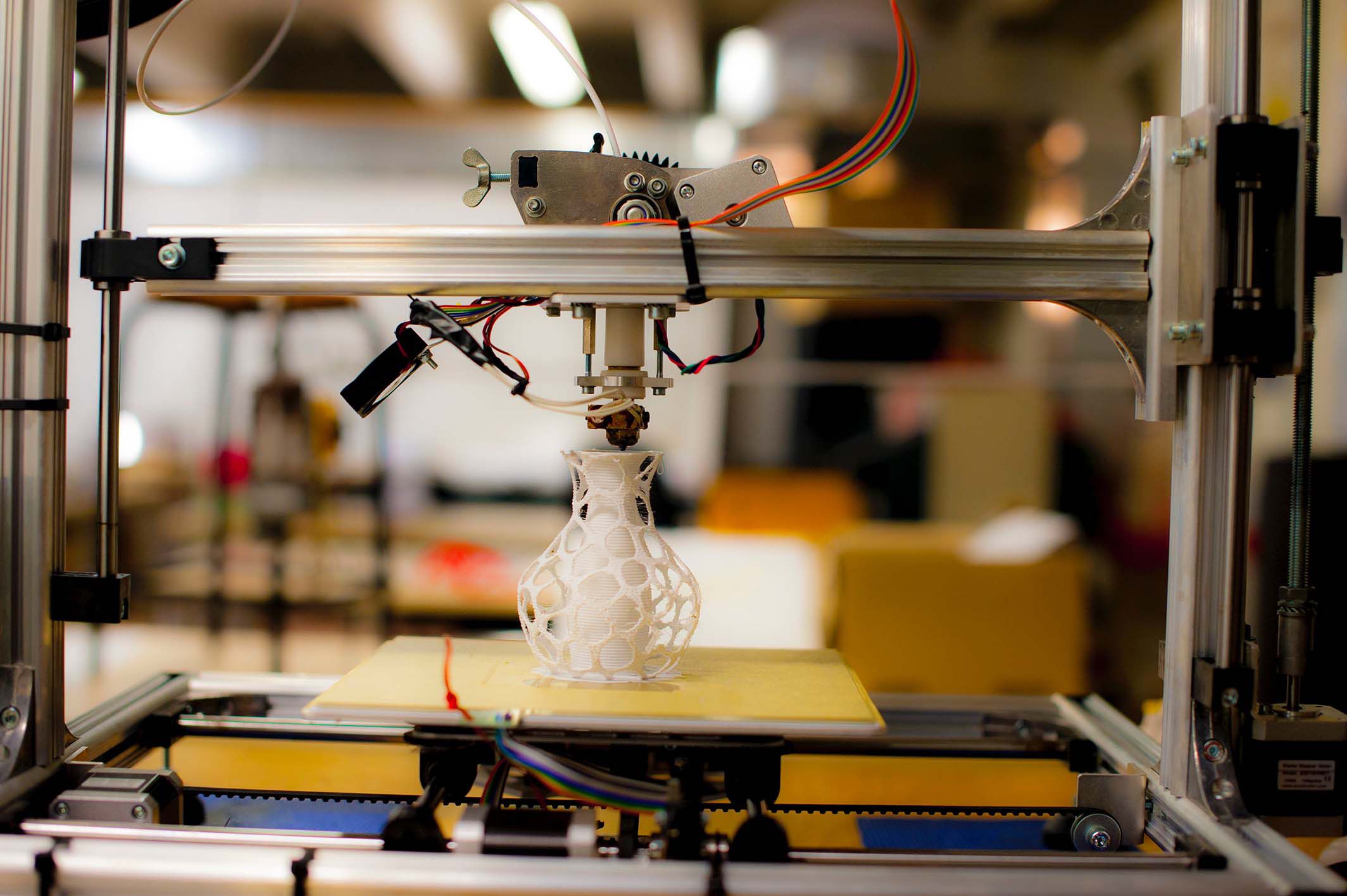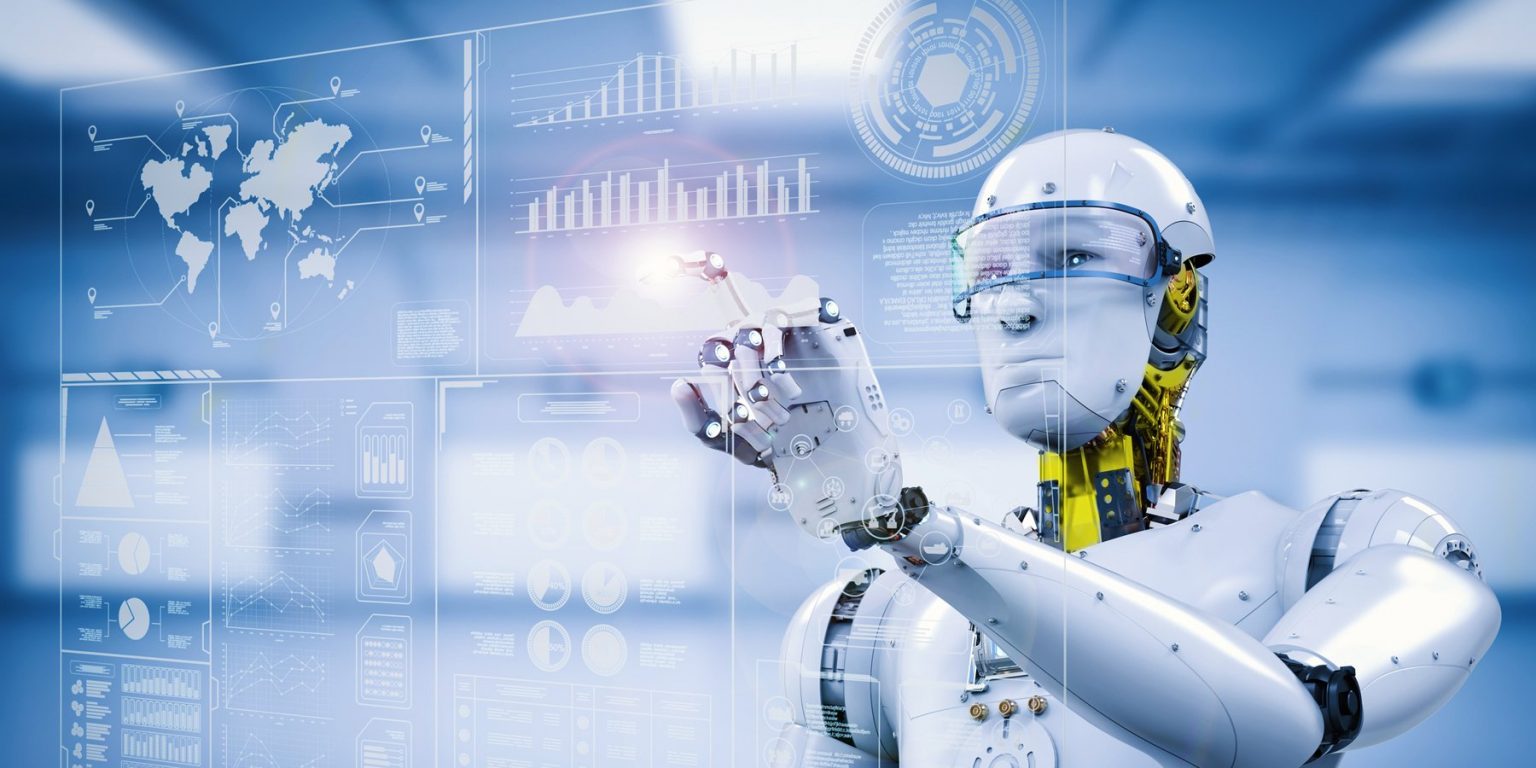3D printing, also known as additive manufacturing, is a groundbreaking technology that is changing the way we design and produce products. The process involves building a physical object layer by layer, using a digital model as a blueprint. It is a game-changer in various industries, from aerospace and automotive to fashion and healthcare. With its ability to produce complex and intricate designs, 3D printing is attracting much attention and is poised to transform the manufacturing industry in the coming years.
One of the most significant advantages of 3D printing is its ability to create custom designs quickly and cost-effectively. In traditional manufacturing processes, creating custom products can be time-consuming and expensive. However, with 3D printing, companies can produce unique products in a matter of hours, without the need for expensive tooling or molds. This flexibility opens up a world of possibilities, allowing companies to offer personalized products to their customers, resulting in increased customer satisfaction and loyalty.
Another advantage of 3D printing is its ability to reduce waste and lower carbon emissions. Traditional manufacturing processes often result in high levels of waste, as excess materials are discarded after production. 3D printing, on the other hand, uses only the necessary amount of material, reducing waste and minimizing the environmental impact. This eco-friendly aspect of 3D printing is attracting many environmentally conscious consumers and companies.
3D printing is also revolutionizing the healthcare industry, with the ability to create personalized medical devices and implants. With 3D printing, doctors can create custom implants and prosthetics for patients with unique anatomies, resulting in better patient outcomes and quicker recovery times. Additionally, 3D printing is being used to create models of organs and tissues, allowing doctors to practice surgeries and treatments before performing them on actual patients, leading to improved surgical precision and patient safety.
In conclusion, 3D printing is a revolutionary technology that is changing the way we design and produce products. With its ability to create custom designs quickly and cost-effectively, reduce waste and carbon emissions, and revolutionize the healthcare industry, 3D printing is attracting much attention and is poised to transform the manufacturing industry in the coming years. As this technology continues to evolve, we can expect to see more exciting applications and innovations in the future. The future is here, and it’s 3D printing.








